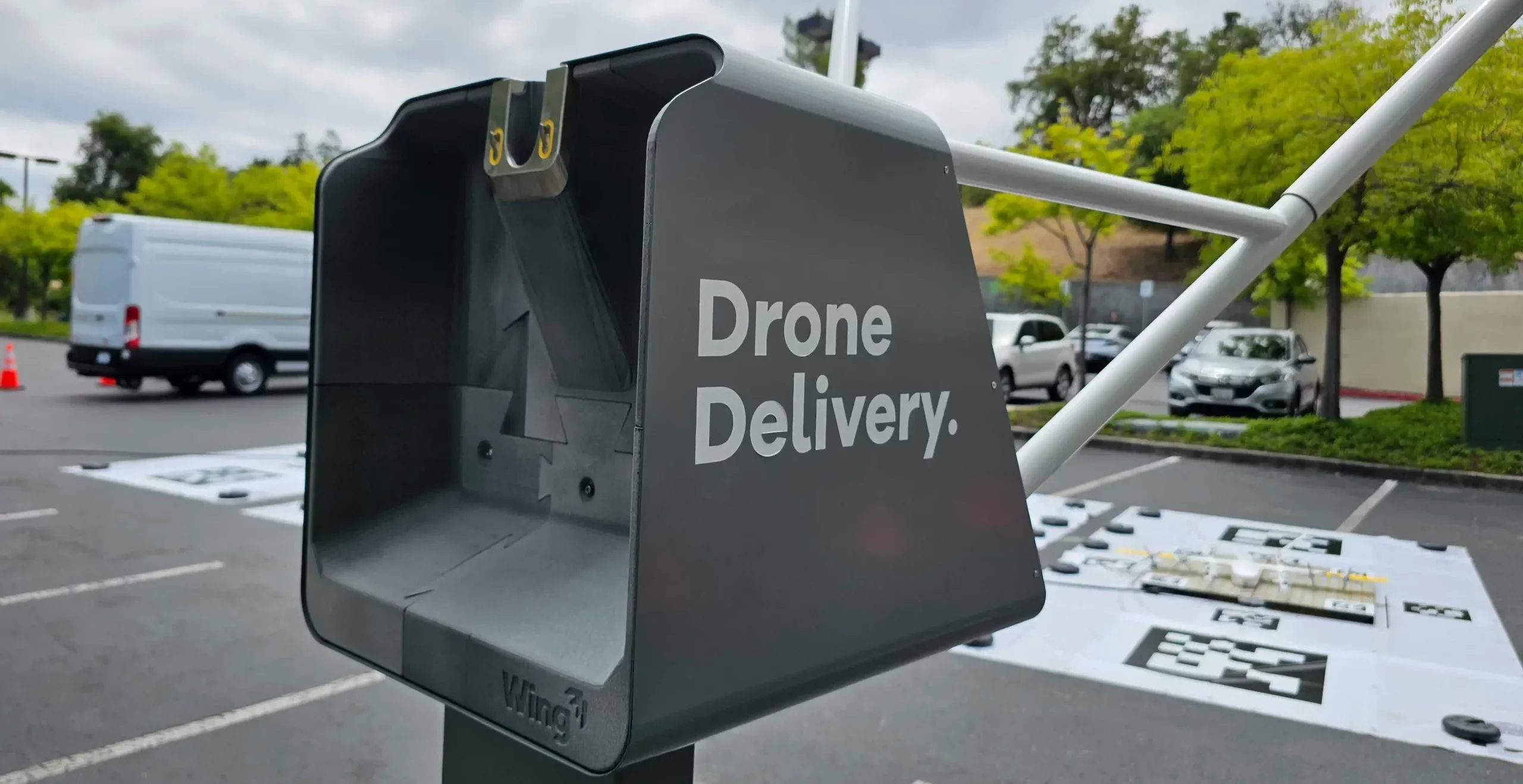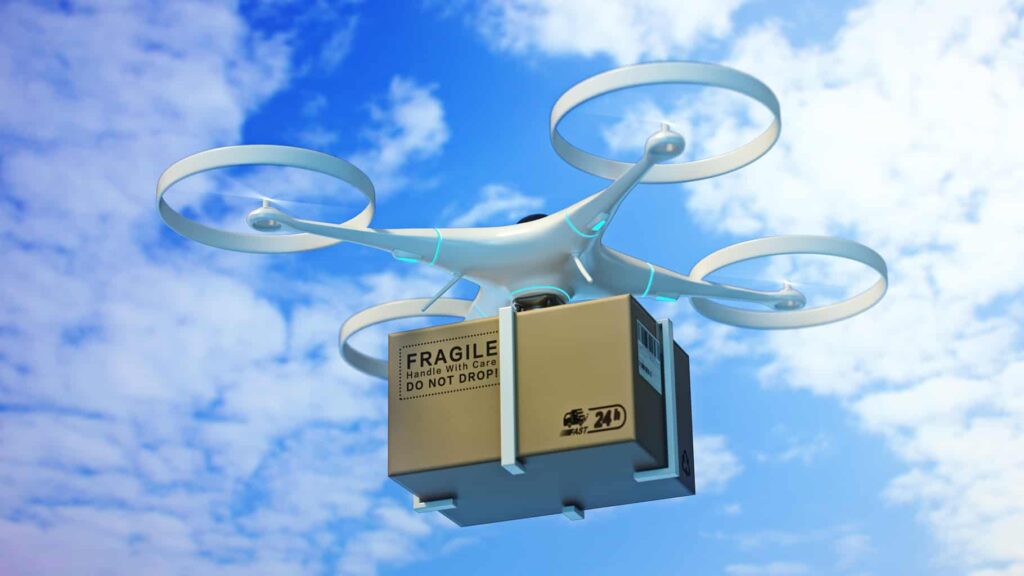Trends and Challenges for Drone Delivery Services
Drone delivery services have been gaining momentum in recent years as a viable solution for fast and efficient deliveries. With the advancements in technology and the growing demand for convenience, the use of drones in the delivery industry is expected to continue expanding. However, as this innovative method becomes more prevalent, it also brings along its own set of trends and challenges.

Revolutionizing the Delivery Industry
The use of drones for deliveries has the potential to revolutionize the way goods are transported. Drones offer a faster delivery process, significantly reducing the time it takes for packages to reach their destination. This not only benefits consumers who can receive their orders in a timely manner but also enhances efficiency for businesses.
Furthermore, drone delivery services have the potential to reach remote or difficult-to-access areas, making it easier to deliver essential goods and supplies to those in need. This technology can bridge the gap between urban and rural areas, ensuring equal access to goods and services.
Overcoming Regulatory Hurdles
One of the primary challenges for drone delivery services is navigating the complex web of regulations. Many countries have strict rules in place regarding the use of drones, particularly in urban areas where airspace is crowded. Ensuring the safe integration of drones into existing airspace requires collaboration between government authorities, drone operators, and other stakeholders.
Regulatory bodies are continuously working on adapting their policies to accommodate the growing drone delivery industry. These efforts include establishing specific guidelines for drone operations, addressing privacy concerns, and implementing systems for air traffic management.
Drone delivery: Ensuring Safety and Security
Safety and security are critical considerations when it comes to drone delivery services. Drones must be able to navigate obstacles and avoid collisions, both in the air and on the ground. Advanced collision avoidance systems, GPS technology, and real-time monitoring are essential to ensure the safe and reliable operation of drones.
In addition, securing the packages during transit is another challenge that needs to be addressed. Drones are susceptible to theft or damage, and measures must be taken to prevent unauthorized access to the cargo. Incorporating robust security protocols, such as encrypted communication and remote tracking, can mitigate these risks.
.
Environmental Impact
This services have the potential to reduce carbon emissions compared to traditional delivery methods. By minimizing the use of road vehicles, drones contribute to a greener and more sustainable transportation system. However, the manufacturing and maintenance of drones also have environmental implications that need to be taken into account.
It is crucial for drone manufacturers and operators to prioritize sustainability in their practices. This includes using eco-friendly materials, optimizing energy consumption, and implementing responsible disposal procedures for retired drones.
Drone delivery: Building Trust and Acceptance
For drone delivery services to reach their full potential, building trust and acceptance among the public is paramount. People might have concerns about privacy, noise pollution, or the potential for accidents. Addressing these concerns through transparent communication, community engagement, and adherence to regulations is crucial.
Furthermore, educating the public about the benefits of drone delivery, such as reduced traffic congestion and improved last-mile delivery, can help foster acceptance of this innovative technology.
The Future of Drone Delivery
The future of this service holds immense potential. As technology continues to advance and regulatory frameworks evolve, we can expect to see further improvements in efficiency, safety, and scalability. The widespread adoption of drone delivery services could transform the way we receive goods, making deliveries faster, more accessible, and environmentally friendly.
However, it is vital for stakeholders to work together to address the challenges associated with drone delivery, including regulatory hurdles, safety concerns, and environmental impact. By doing so, we can harness the full potential of this technology, revolutionizing the delivery industry and improving the overall customer experience.

